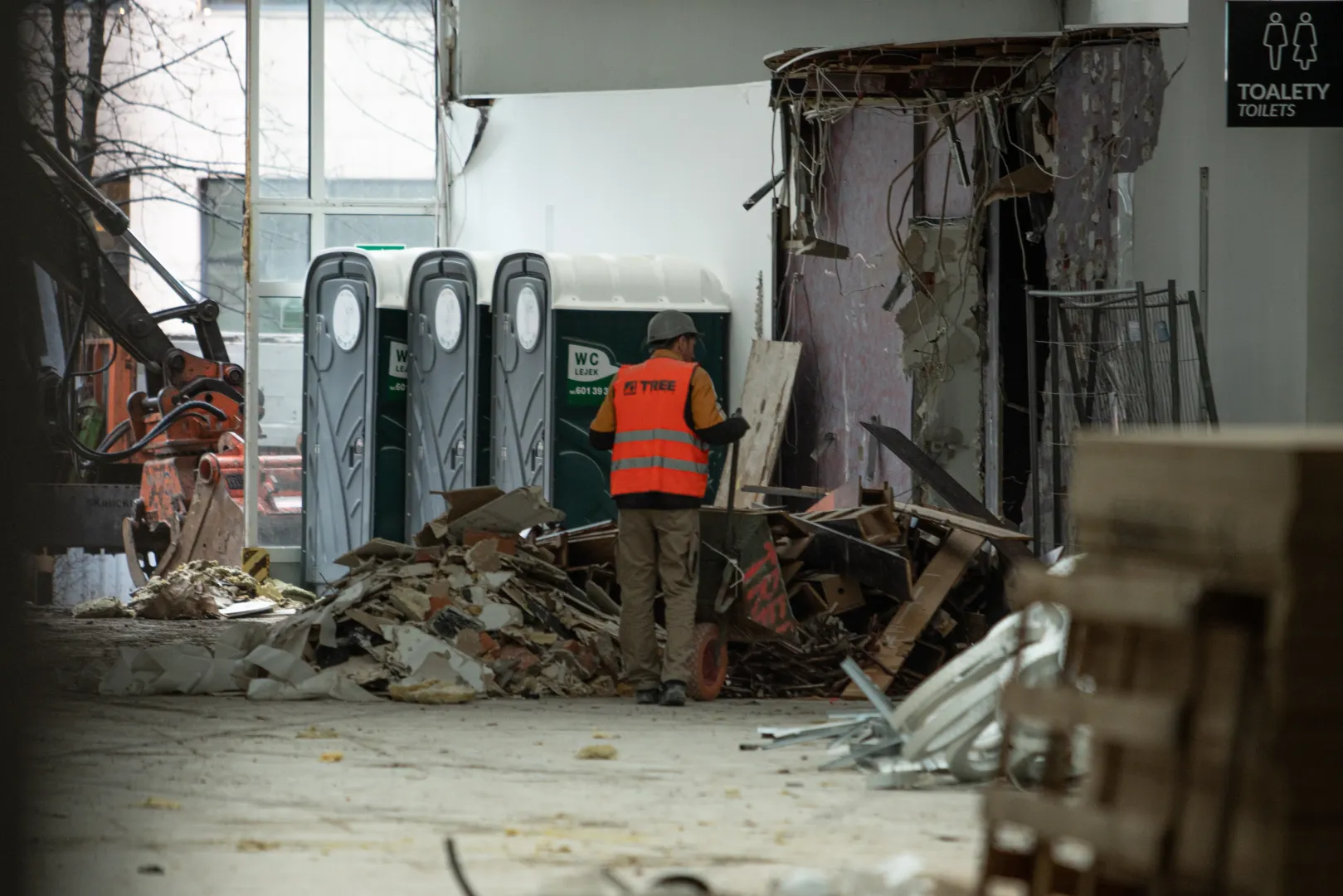
Modern Demolition Technologies: Comparative Analysis and Development Trends
Comprehensive analysis of contemporary demolition technologies, their efficiency, environmental impact, and economic viability under various project conditions
Modern Demolition Technologies: Comparative Analysis and Trends
1. Introduction
Increasing demands for efficiency, safety, and environmental protection are driving the development of advanced demolition technologies. This analysis reviews modern methods in terms of performance, safety, environmental impact, and costs.
2. Methodology
- Literature review (2018–2023)
- Expert interviews (n=17)
- 35 project analyses
- Field studies (Poland, Germany)
- Equipment comparisons from top manufacturers
Data were analyzed using statistics and multi-criteria modeling.
3. Technology Classification
3.1 Mechanical
- Long-reach excavators – up to 70 m, hammers/shears; pros: safety; cons: high cost
- Heavy equipment – bulldozers, excavators; pros: power; cons: noise, dust
- Impact methods – hammers, balls; pros: strength; cons: low precision
3.2 Hydraulic
- Shears – cutting concrete/steel; pros: precision, low noise
- Crushers – concrete separation; pros: onsite recycling
- Splitters – for walls; pros: vibration-free
3.3 Diamond Cutting
- Wire saws, disc saws, drilling – high precision, no vibrations; cons: slower and costlier
3.4 Robotic
- Demolition robots – work in hazardous zones; remote-controlled
- Drones – inspection, monitoring
3.5 Micro-demolition
- Thermal techniques – lance, plasma
- Hydrodemolition – selective concrete removal
- Chemical agents – controlled cracking
4. Efficiency Analysis
- Productivity: excavators (20–80 m³/h), diamond (0.5–3), hydro (0.3–1.5)
- Environmental impact: quietest – shears and diamond
- Economics: lowest cost – hammers; highest – hydrodemolition
5. Case Studies
- Power plant (DE): 94% recovery, 11 months
- Shopping center (PL): micro tech in urban area
- Bridge (NL): clean water-compliant cutting
6. Trends
- Automation, AI, swarm robotics
- BIM and digital twins
- On-site recycling
- Ecological deconstruction
7. Conclusions
- Technologies are highly specialized and combined per project
- Selection depends on structure, site, environmental and budget constraints
8. Recommendations
- Contractors: invest in robotics and BIM
- Investors: plan with circular economy in mind
- Research: focus on selective recycling and material LCA
Share this analysis
About the author
Tomasz Nowicki
Chief Demolition Technology Specialist, Tree Group
Category
Technologie wyburzeniowe
Reading time
15 minutes
Publication date
March 21, 2025
Available in other languages
🇵🇱 Polish versionSimilar analyses

Efficiency Analysis of Liebherr Machines in High-Rise Building Demolition Processes
Comprehensive efficiency analysis of Liebherr demolition excavators in high-rise building demolition projects. The study...